Knowledge of Different SSD Interfaces
- Home
- Support
- Tips Data Backup
- System Migration
- Knowledge of Different SSD Interfaces
Summary
In this passage, we are going to introduce and compare different SSD interfaces. Hope to help you get more about their performance.
| Conclusion of Different SSD Interface | |
|---|---|
| SATA >> | If the computer's motherboard only provids SATA interface or users want to get the peformance of SSD with a lower price, it is recommended to choose SATA SSD. |
| mSATA >> | mSATA interface are out of date now. It is not equipped in motherboard any more. Only in some old computers, we can find the mSATA and install mSATA SSD. |
| M.2 >> | M.2 is the most popular interface nowadays. Various manufacturers provide M.2 SSD. If the motherboard on the PC is equipped with M.2 interface, it is recommended to choose M.2 SSD. |
| SATA Express >> | There is few SSD which supports this interface. Besides, SATA Express does not have any advantage when comparing with other interfaces. |
| PCIE >> | SSD adopts PCIE interface is aim at high-end position, which means its price will be expensive. So if users want to get a high-end computer without any limitation on capatial, the performance of PCIE SSD will not be disappointed. |
| U.2 >> | U.2 is still in early stage. Only few motherboard supports U.2. And it is hard to find U.2 SSD in SSD market. |

Automatic 4K alignment Improves SSD performance during system migration.
Support GPT and MBR Automatically adapt to the suitable partition format.
Support NTFS and FAT32 Redeploy various files in different file systems.
Back up quickly Back up files at up to 3,000MB/min.
Overall backup schedule Support system redeployment/system backup/partition backup/disk backup/disk clone.
Automatic 4K alignment Improve SSD performance
Support GPT and MBR Intelligently adapt to a partition format
Support NTFS and FAT32 Redeploy files in different file systems
SATA 3.0:The Most Common SSD Interface
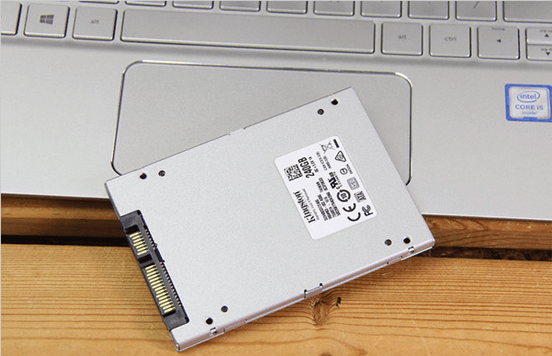
Comment:
Although SATA 3.0 is some kind out of date but it is still the main choice for common users who do not have extremely high requirement on performance.
mSATA Interface: Successor of SATA but Useless
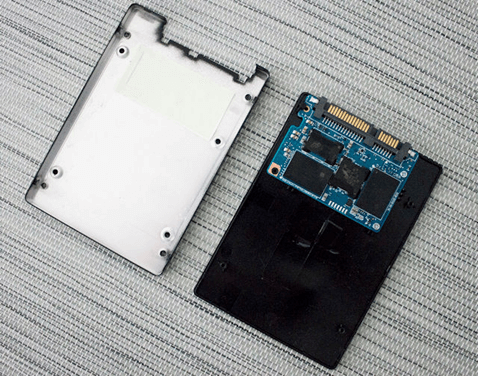
Comment:
Although SATA 3.0 can fulfill the requirement of most common users, its limitation on transfer speed can not fulfill the need of users who want best performance. The desire of breaking the limitation of 6Gbps is getting stronger.
M.2: Advanced and Flexible SSD Interface
Supports SATA and PCIE at the same time.
The transfer speed of M.2 SSD was the same with SATA 3.0 when using SATA. Now, with the development, new M.2 SSD has widely accepted the PCIE×4 which provides a maximum transfer speed of 32Gbps.
Besides, latest NVME Express of PCIE greatly improve the performance of M.2 SSD which surpasses SATA SSD. Now, users and manufacturers are tend to replace SATA with M.2.
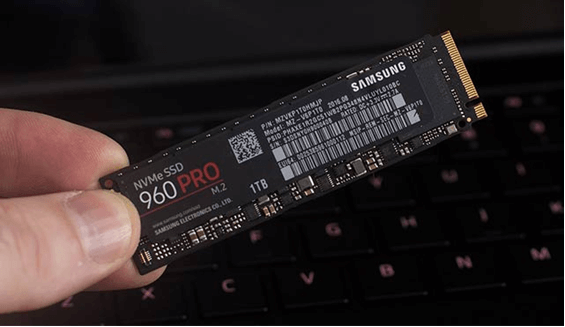
Comment:
Even motherboard provides M.2 interface, we need to konw that M.2 interface support different connectors. Some only support PCIE while some support both. It is better for user to check which connector that your M.2 supported in the manual.
PCIE: A Purified M.2
Comment:
PCIE is rare, large in size and similar with M.2 PCIE, so it is accepted by high-end consumers and enterprise. And now, the latest PCIE has reach 16 bandwidth. PCIE is still with great potential in SSD’s further development.
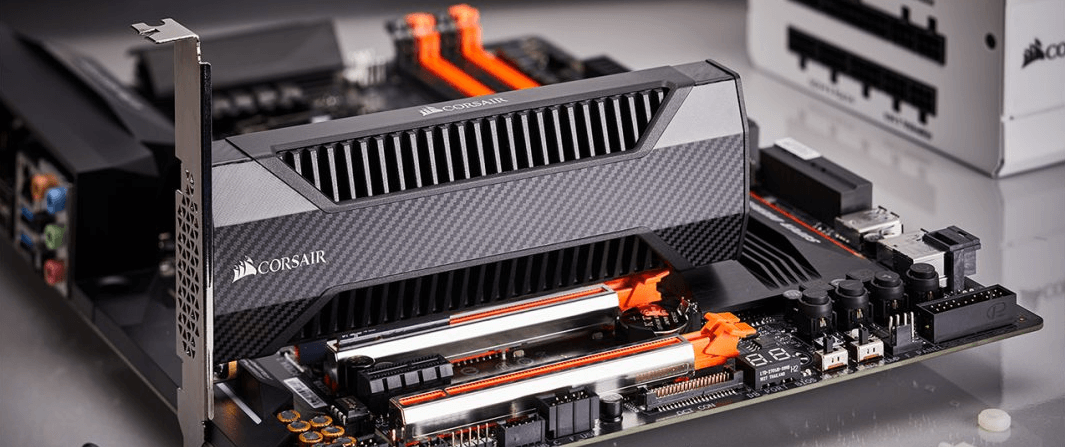
SATA Express: Meaningless and Cumbersome
Bandwidth has reach up to 10Gbpswhich is 4 Gbps faster than SATA 3.0.
Compatible with SATA drives.
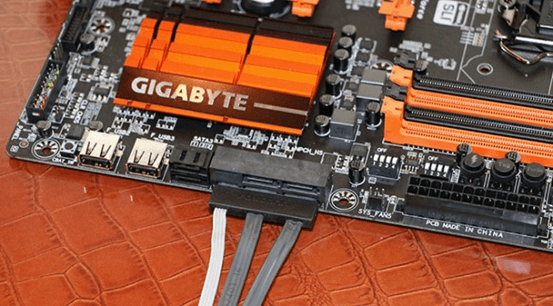
Comment:
SATA-Express does not make great improvement when comparing with SATA 3.0. Besides, cumbersome size occupies lots of space on motherboard. So, it has not really caught on.
U.2 Interface: Long Way to be Universal





